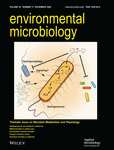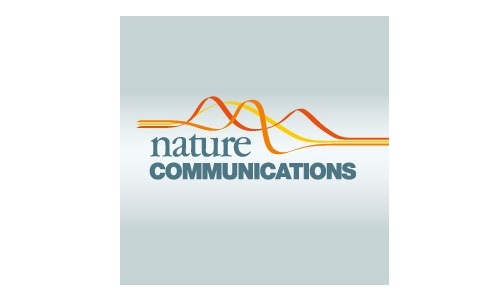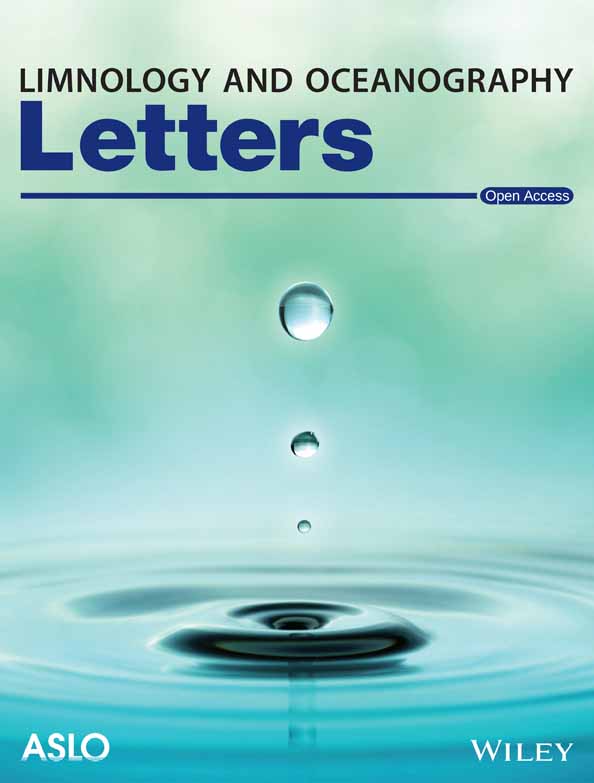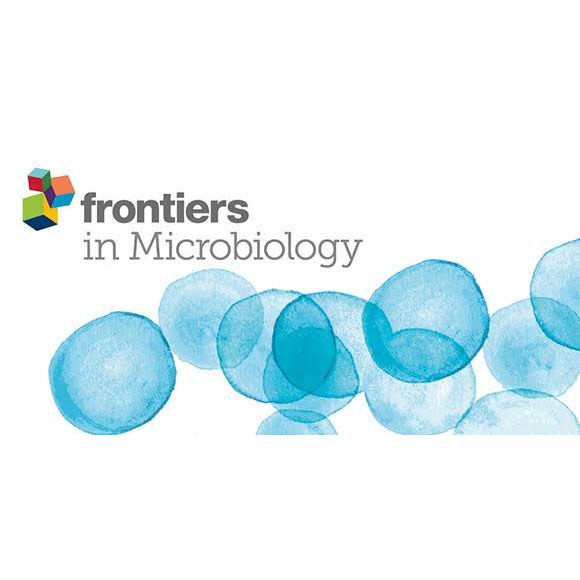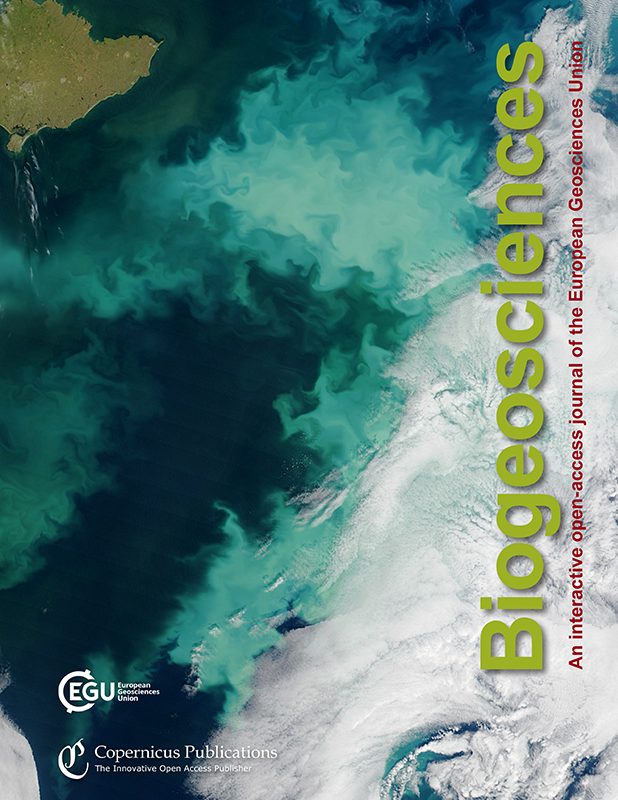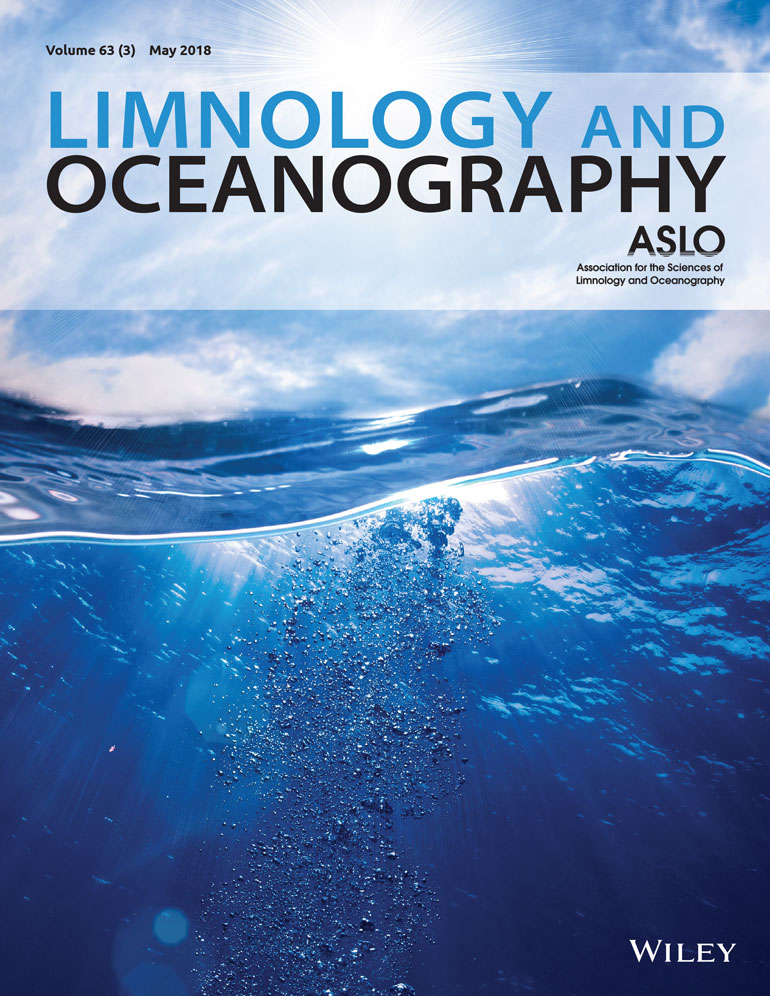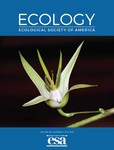- Department:(Dept. 3) Plankton and Microbial Ecology
Perchlorate-specific proteomic stress responses of Debaryomyces hansenii could enable microbial survival in Martian brines
No life has yet been found on Mars, but it is exciting to explore under what circumstances it might be possible. The authors have studied the cellular processes that regulate the adaptation of microorganisms to perchlorates. If microorganisms could genetically adapt their stress response to this salt, their survival on the red planet might be possible.
Global patterns and controls of nutrient immobilization on decomposing cellulose in riverine ecosystems
The research team used a standardized, low-nutrient organic matter substrate (cotton strips) to quantify nutrient immobilization at 100 paired stream and riparian sites representing 11 biomes worldwide. Immobilization rates varied by three orders of magnitude, were greater in rivers than riparian zones, and were strongly correlated to decomposition rates.
Towards critical white ice conditions in lakes under global warming
The quality of lake ice is of paramount importance for ice safety and lake ecology under ice. In 2020/2021, the researchers conducted a coordinated sampling campaign of lake ice quality during one of the warmest winters since 1880. They showed that lake ice during this period generally consisted of unstable white ice, which at times accounted for up to 100 percent of the total ice thickness.
Environmental variability in aquatic ecosystems: avenues for future multifactorial experiments
Variability is inherent to all natural ecosystems, yet the consequences of alterations to existing variability patterns in environmental factors expected under global change scenarios remain unclear. The authors identified sources of mismatches, challenges, and knowledge gaps to contribute to a research agenda on the effects of variability in aquatic systems. T
Antarctic glacial meltwater impacts the diversity of fungal parasites associated with benthic diatoms in shallow coastal zones
First study on the fungal diversity in Antarctic benthic habitats along a salinity gradient to determine the co-occurrence of fungal parasites with their algal hosts dominated by benthic diatoms. Ascomycota and Chytridiomycota are the most abundant fungal taxa. Salinity shapes the fungal and the whole eukaryotic community composition, whereby fungal diversity increases with decreasing salinity.
Dissolved organic matter signatures in urban surface waters: spatio-temporal patterns and drivers
The authors studied the dissolved organic matter (DOM) composition from streams, rivers, ponds and lakes within Berlin. They found DOM from lakes and ponds to differ greatly from that of streams and rivers in composition and temporal turnover. Urban land use, nutrient supply and point source pollution were the main drivers of DOM. This suggests including DOM composition in regular monitoring.
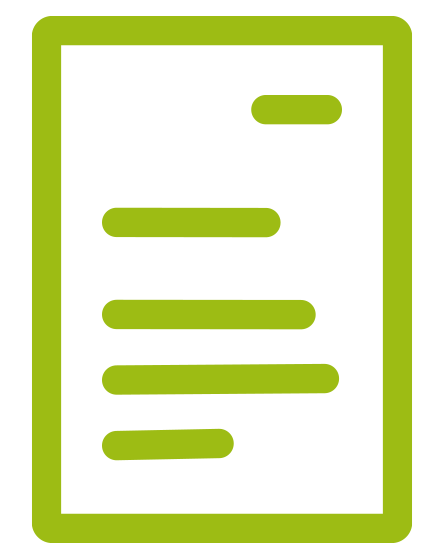
Spatial and seasonal patterns of water isotopes in northeastern German lakes
In course of measuring campaigns, the spatial and temporal dynamics of water isotopes in northeastern German lakes were evaluated. The data will serve as basis for further studies, for example with respect to connectivity of lakes and biochemical processes in macrophytes.
Flexible habitat choice of pelagic bacteria increases system stability and energy flow through the microbial loop
The theoretical study evaluated the microbial dynamics of particle-associated vs free-living bacteria. Bacterial generalists have the ability to utilize both habitats and increase stability and energy transport through the 'microbial loop'. Adaptive response strategies of bacteria are important to assess the consequences of increasing particle loads, e.g., sediment and microplastics.
Stoichiometric mismatch causes a warming-induced regime shift in experimental plankton communities
The authors studied effects of warming on spring plankton dynamics in outdoor mesocosms. Experimental warming speeded up phytoplankton growth dramatically, triggering a massive bloom of phosphorus deficient algae that drove its zooplankton grazers to extinction. It shows that warming can aggravate the food quality mismatch at the plant–herbivore interface and limit energy transfer up the food web.
Cross-continental importance of CH4 emissions from dry inland-waters
Despite significant progress in quantifying greenhouse gas emissions from dry inland waters, little is known about methane (CH4). The authors determined CH4 emissions from dry sediments across continents and found that the CH4 contribution ranged from 10 to 21% of the equivalent CO2 emissions. Therefore, CH4 emissions from dry inland waters should be considered for the global carbon cycle.


